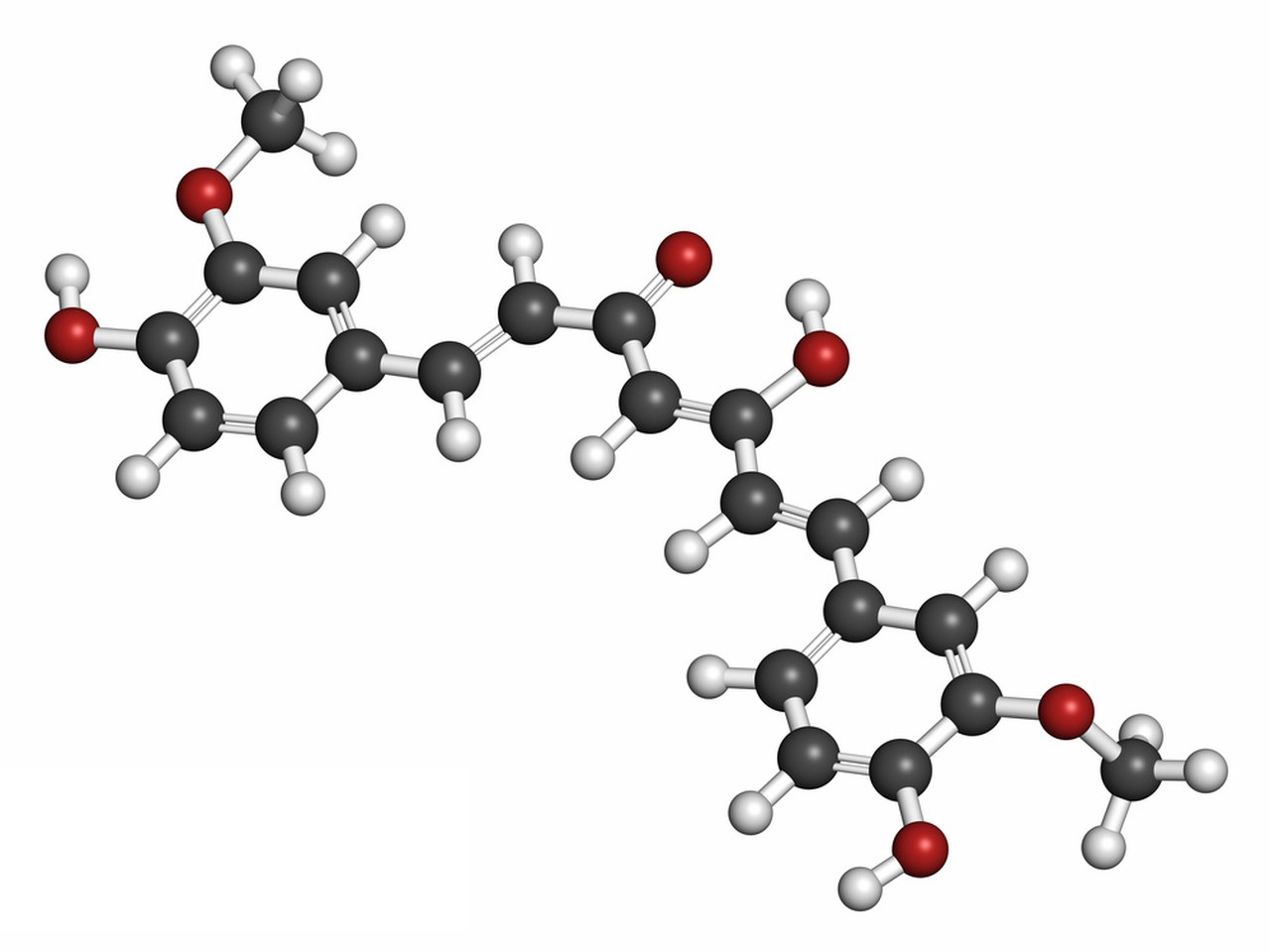Curcumin is a natural compound found in turmeric, a spice commonly used in cooking and traditional medicine. It has gained attention for its potential health benefits, including anti-inflammatory, antioxidant, and anticancer properties. Curcumin extraction methods can vary, and several alternative techniques are employed to isolate curcumin from turmeric. Some of these methods include:

Solvent Extraction: This is one of the most common methods. It involves using organic solvents such as ethanol, methanol, or acetone to dissolve curcumin from turmeric. The solvent is then evaporated, leaving behind curcumin extract. This method is effective but may require further purification steps to remove residual solvent.
Supercritical Fluid Extraction: In this method, a supercritical fluid, often carbon dioxide (CO2), is used to extract curcumin. Under certain conditions of temperature and pressure, CO2 becomes a supercritical fluid with both liquid and gas-like properties. This allows it to efficiently extract curcumin without the need for organic solvents. The extract can be obtained by depressurizing the supercritical fluid.
Microwave-Assisted Extraction: Microwave energy can be used to heat the turmeric and solvent mixture, promoting faster and more efficient extraction of curcumin. This method is advantageous in terms of reduced extraction time and energy consumption.
Ultrasound-Assisted Extraction: Ultrasonic waves can be used to break down the cell walls of turmeric and enhance the release of curcumin into the solvent. This method improves the extraction efficiency and reduces the extraction time compared to conventional methods.
Enzyme-Assisted Extraction: Enzymes can be used to break down the cell walls and release curcumin from the plant material. This method is often combined with other extraction techniques to enhance yield and efficiency.
Solid-Phase Extraction: In this method, a solid-phase material with specific affinity for curcumin is used to selectively extract the compound from the mixture. This technique can help in achieving higher purity levels of curcumin.
Pressurized Liquid Extraction: Also known as accelerated solvent extraction, this method involves using high temperature and pressure to achieve efficient extraction. It reduces extraction time and solvent usage.
Pulsed Electric Field Extraction: Pulsed electric fields can be applied to the plant material, causing the cell membranes to rupture and release curcumin into the solvent. This is a relatively new technique that shows promise for efficient extraction.
It’s important to note that each extraction method has its advantages and disadvantages in terms of yield, efficiency, safety, and environmental impact. The choice of method depends on various factors such as the desired purity of the extract, the scale of extraction, cost considerations, and the specific application of the curcumin extract. Additionally, researchers are continually exploring and developing new extraction techniques to improve the efficiency and sustainability of curcumin extraction.
